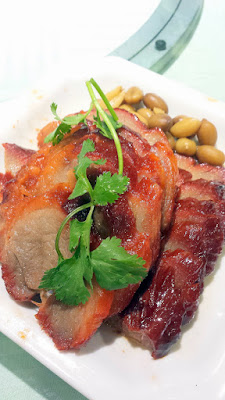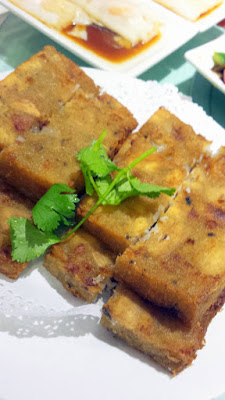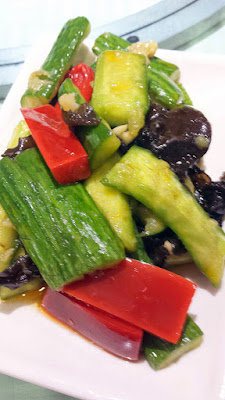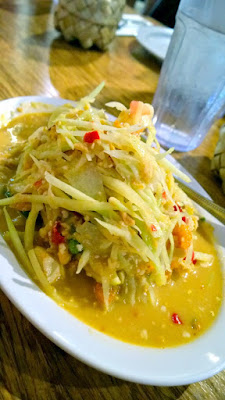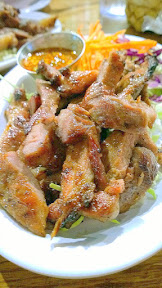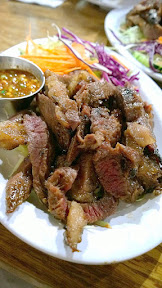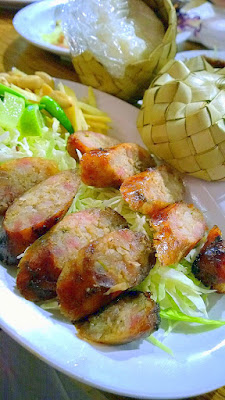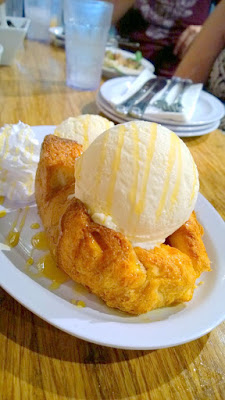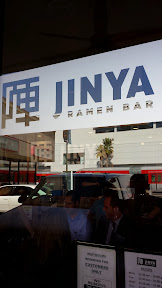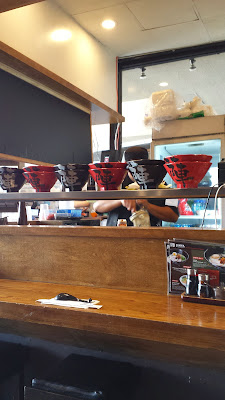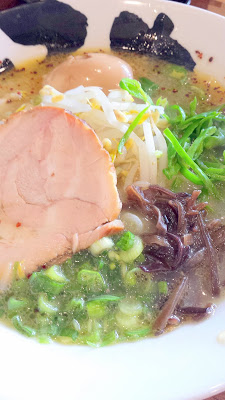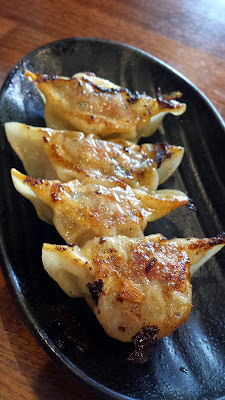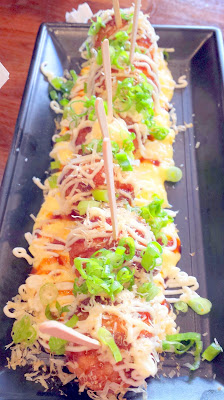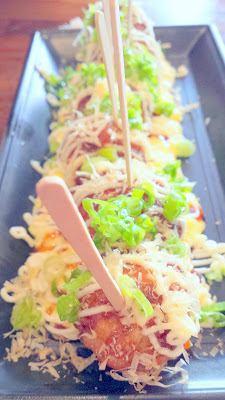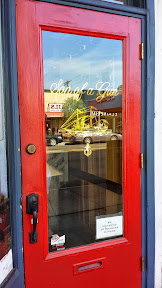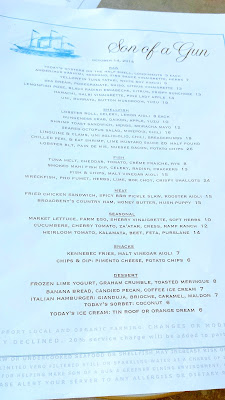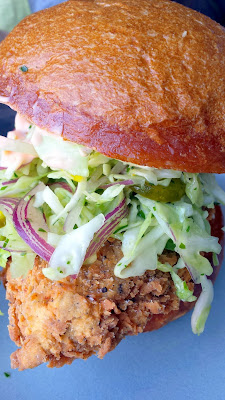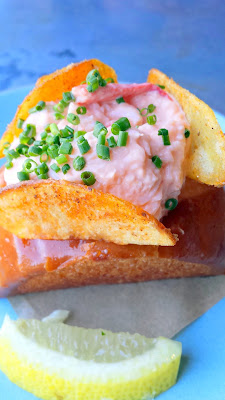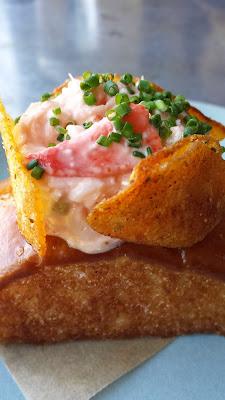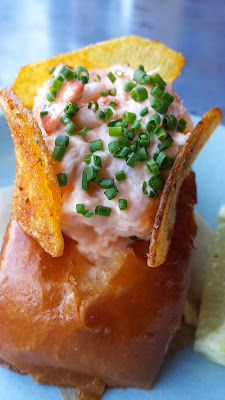I spent the holiday in LA this past December visiting my new niece, and my mom and two other siblings joined me in visiting baby Alexandra and her parents. There were many great laid back days full of morning audiences with her after her breakfast milk and poop, and cuddles as she took her nap, and cheering her on during tummy time, and playing the co-op videogame Overcooked. We also did some cooking, and take-out. As much as I adore baby cheeks though and the brief outings to get food, I knew I would get stir crazy. So there was one afternoon I also spent a few hours visiting LACMA, aka The Los Angeles County Museum of Art.

I recommend this area for anyone and everyone. Even if you don’t pay admission to see the inside of the museum, there are lots of free sights in the park in the surrounding area – I went back to walk in the park several times staying in the free areas. Here are the details of my visit to LACMA and sights I recommend and which I saw during my visit to LACMA.







